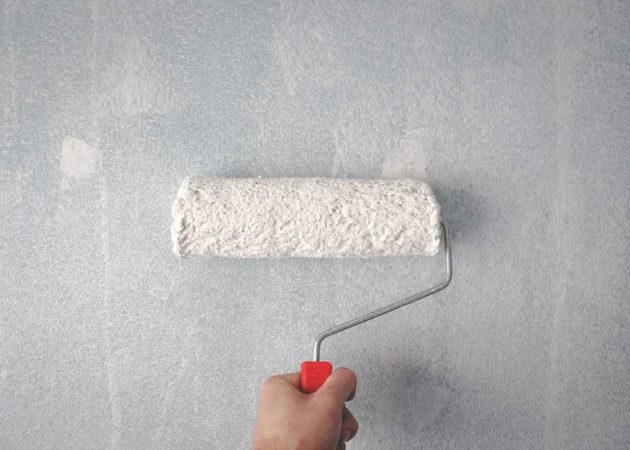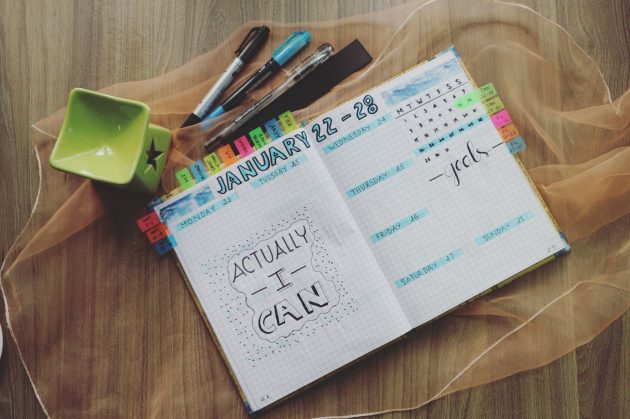
The summer heat is chasing people inside to the safe, fresh air of their homes. Unfortunately for most Americans, we’re rushing in to see piles and piles of clutter. Studies show that one in four Americans have more possessions than they need. The realization that you may be one of these people can be a lot to take on, but it doesn’t have to be bad! Realizing the problem is a significant first step that can help you take control of your clutter.
Here are twelve ways to move away from your clutter and some tips on why it’s so useful!
Minimalism is the focused decision to own fewer things. It doesn’t mean that you lack things that you need, or depriving yourself of things that make you happy. At its core, minimalism is holding yourself accountable for the things that you own and making sure that you don’t go overboard into clutter and holding onto something you don’t need.
1.Take Account of What You Own
We like to think that we can name everything we have. Since so many things hold memories, it feels like we would be able to notice if something’s missing. That’s nearly impossible. The average American household has over 300,000 items in it. Take the time to look at everything you own, don’t glance over a room.
2.Go Room By Room
Spend time in each of your rooms. It may feel tempting to start grabbing things as you see them in your home, but that can get overwhelming and leave you unable to finish the work. Let each room have its own devoted time where you can decide what belongs or doesn’t.
3.Make Easier Decisions First
There are some things that you’ll know on sight don’t belong in your home anymore. Categorize those first, and then work to more difficult decisions. If you’re attached to something, but not sure if it still has a place in your life, set it aside, but don’t forget about it. Make a deadline for yourself to decide to keep it or discard it.
4.Take Your Time
People like to get change done fast, like ripping off a bandaid or waxing our eyebrows. With larger projects, that can lead to decision exhaustion. This type of fatigue happens when our brains overwork themselves by planning, and deciding, way too many things in a short period. Take your time- one room every weekend, or every day, depending on how many items you own.
5.Don’t Throw Everything Away
It may seem tempting to trash everything and start from scratch, but ignore that temptation. Not everything you own is garbage. There is furniture you can use, clothing you can wear- and things that can be donated if you don’t want them.
6.Hold Yourself Accountable When Shopping
Look for items that you need, you can afford it, and you feel proud of buying. Don’t buy a dozen cheap tank tops, or a bunch of random furniture you don’t need. Keep in mind what you’ll use and see yourself still using them in five years.
7.Give Yourself Less Space For Clutter
This step doesn’t mean you have to move to a studio apartment or sell your home- but intelligently use your space. A sectional sofa opens up your space while also utilizing it in a way that has a purpose.
8.Repaint or Wallpaper Rooms
You don’t have to do a full house makeover if you don’t want to- but studies show that people respond better when a change is physically marked. By painting your walls, or wallpapering them with a different pattern, you will give your home the feeling of being an entirely new space. This change will make it easier to stick to your decisions later.

9.Journal Your Purchases
If you keep track of how much you’re buying, you may be able to curb the appetite for some retail therapy. This step can also help you see where you’re spending money, and help you put a stop to needless buying that could lead to filling your home with things again.
10.Let Yourself Say Goodbye To Things
If something means a lot to you, but you know that you don’t need it in your life, take the time you need to say goodbye. This step may seem strange to some, but if an item served you well and has meaning to you- but doesn’t have a place in your life anymore, take a couple of minutes to say your goodbyes. After that, do what you need to do with it- whether it’s gifting it away, donating it, selling it, or putting it in the trash.
11.Don’t Treat It Like a Trend
Minimalism isn’t a fad that you can quickly drop when you decide you don’t want it anymore. This cleanliness is a lifestyle that can help you live more mindfully, so you have to let yourself stay dedicated to this for as long as you still need it.
12.Check-In With Yourself As Time Goes On
While time passes, reassess the things you have. If you find yourself falling back down into the hole of owning far too many things- take your time and start over again. There’s no real falling off the wagon with minimalism, as long as you can take accountability and start over, do it.
















